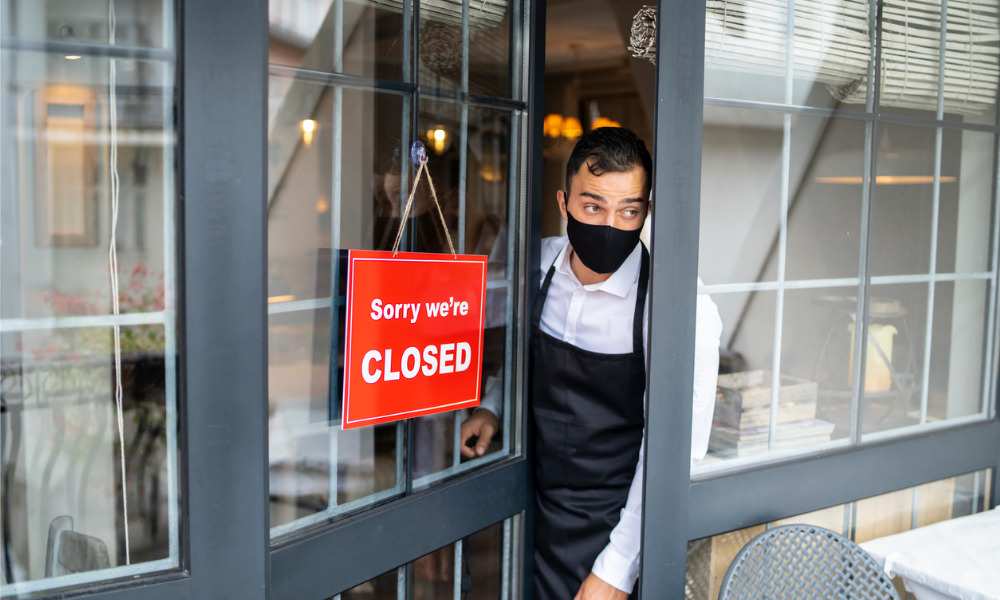CEO says one thing has been crucial in preventing a wave of administrations

Despite Sydney being in lockdown for almost two months, and other states and territories entering in and out of lockdown during this time, CreditorWatch’s latest Business Risk Review has painted a positive picture of business throughout July. The report found that defaults fell by 20% compared to June while external administrations fell by nearly 6%.
According to CEO Patrick Coghlan, there are two main reasons for these surprisingly positive results. The first is because there is less work being done while people focus solely on their business. The second comes down to the mentality of creditors.
“The number one reason is the fact that creditors are much more sympathetic to their debtors at times like this,” he told MPA. “Rather than jumping on their grave even if they do owe money, they are very gentle and they find solutions, be it payment plans or just trying to nurse them through this difficult period – because, at the end of the day, a creditor wants a debtor to pay their bills eventually and remain a customer rather than winding them up.
“It’s almost a false positive but we’ve seen it over and over – it’s just the natural cadence of lockdowns.”
Read more: Kicking the can down the road
When things do eventually open up again, Coghlan doesn’t foresee a wave of insolvencies. In fact, he believes business on a whole will bounce back again quite quickly, just as the Victorian economy did following its extended lockdown last year.
“I think the big thing that’s really holding back, in particular court actions and administrations, is the fact that the ATO and the banks are not doing any sort of wind ups and administrative work that they used to,” he said. “That part of their correction process has been switched off almost altogether and they make up a large part of administrations in the country.
“The ATO and banks are the biggest creditors. When they’re that supportive it takes a huge amount of pressure off a business. They’re able to pay other suppliers sooner and are able to manage their cashflow in a much better fashion, but also the speed at which companies bounce back means that they get to hopefully similar, or slightly reduced, revenue figures that they saw when they had to go into lockdown.”
While the current lockdowns would be “absolute torture for small business owners,” more certainty around how long the Sydney lockdown in particular is going to last, as well as the support available to those affected has at least given business owners more clarity around whether they need to lay off staff or reduce hours to survive.
Read next: An “enormous level of anger and frustration”
“The banks are supporting deferrals and I would imagine landlords are being fairly generous as well,” said Coghlan. “It’s really about survival mode for them and hoping they can get the engine running when we start to open back up.”
As for the greater Sydney lockdown lasting until November, as University of Melbourne epidemiologist Antony Blakely suggested to a state parliament just over a week ago, while GDP is likely to be impacted, business owners in the harbour city have already been preparing for the worst, said Coghlan.
“I think most Sydneysiders have in their mind that they’re going to be in some sort of lockdown or severe restrictions until later in the year,” he said. “October or November seems to be the month in most people’s heads, so if you can plan for that as a business, that makes a big difference.”



